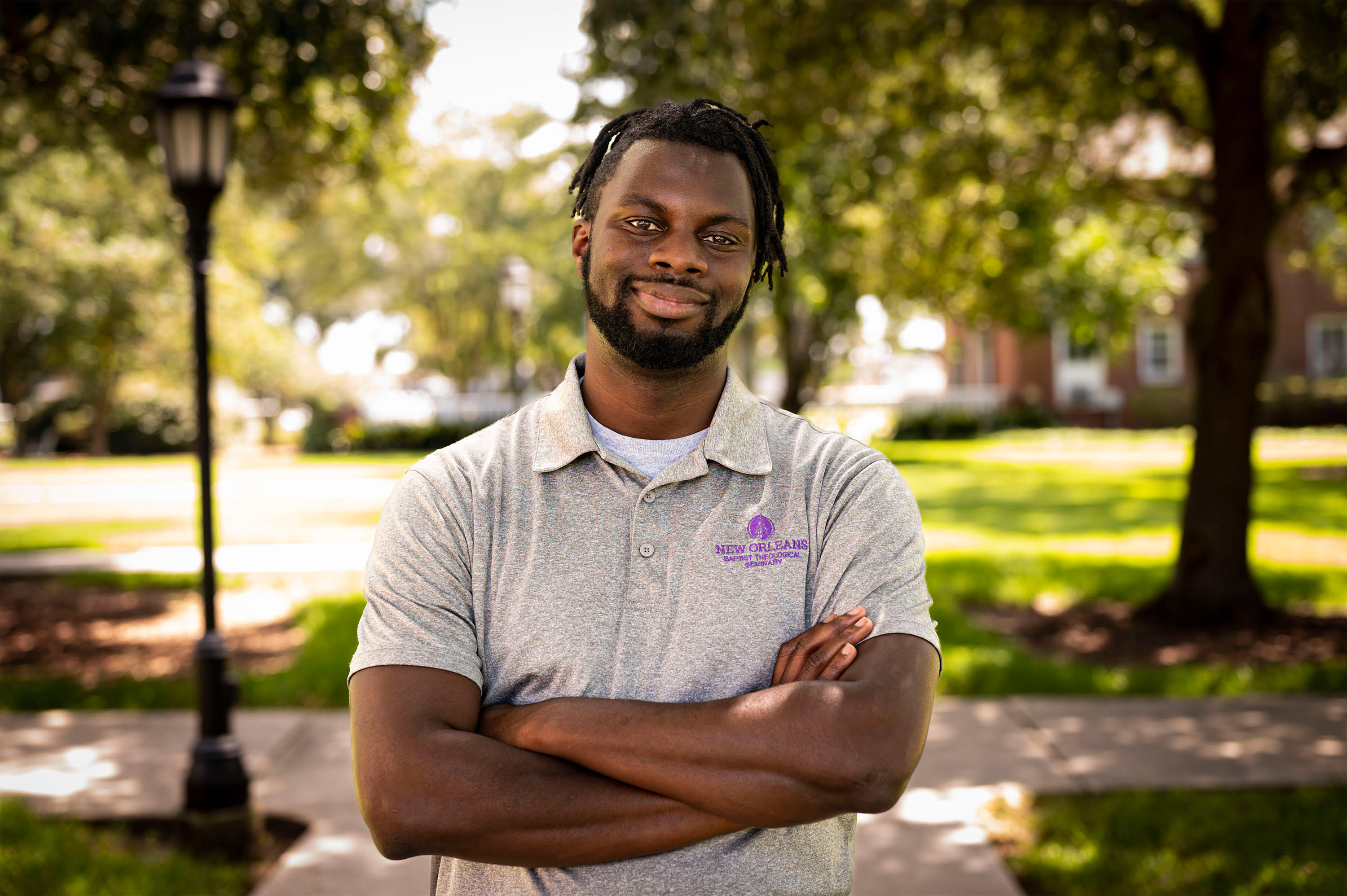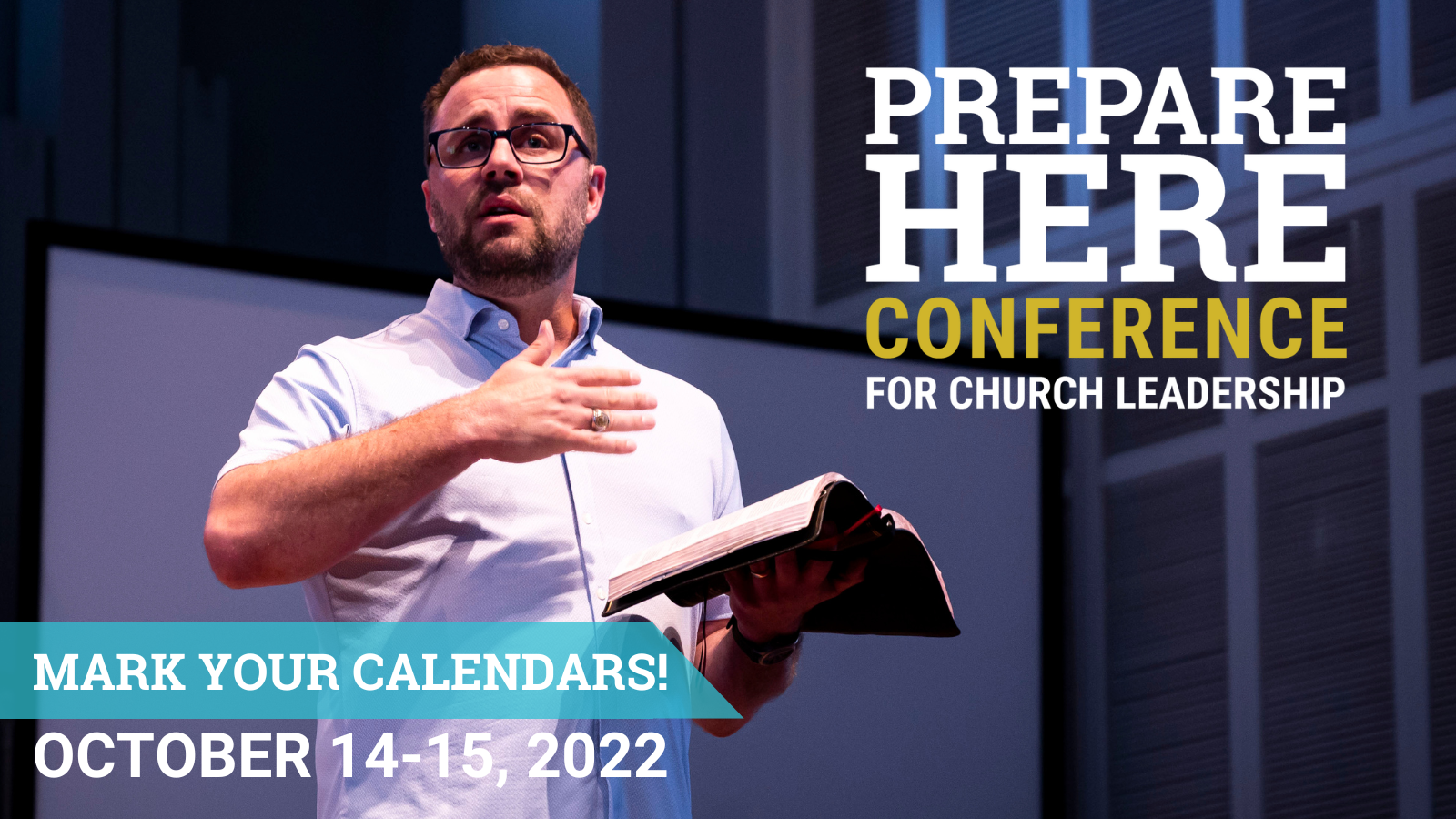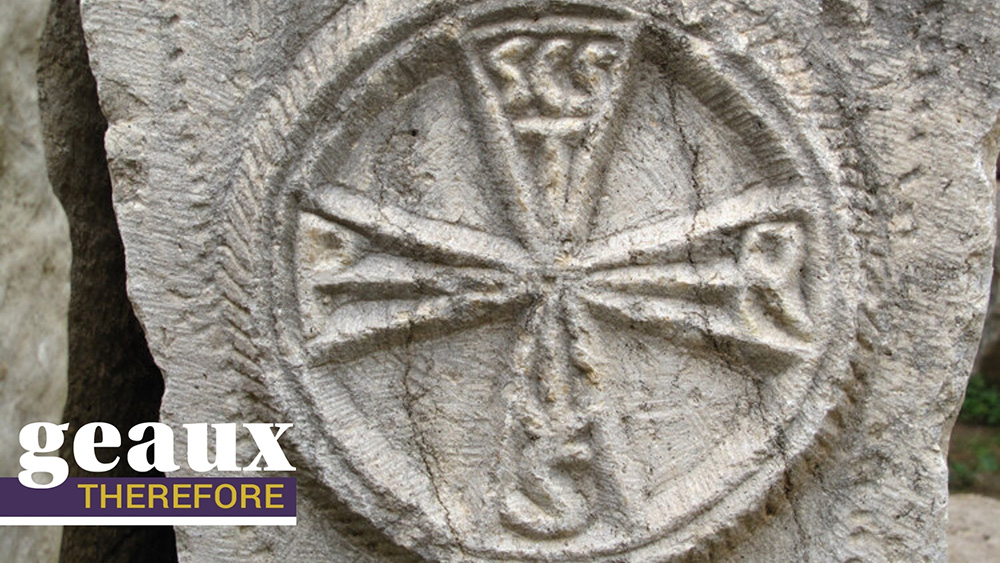







In a city William Faulkner and Tennessee Williams lauded for its anything-goes attitude, and at a time when only one Baptist Church even existed there, the message of Christ seemed to be anything but commonplace in New Orleans. And so in 1845 the Southern Baptist Convention, convening in Augusta, Ga., determined that New Orleans needed reinforcements.

Through the years Southern Baptist leaders made repeated pleas for a training center for Gospel ministers and missions in New Orleans. Finally, in May of 1917, after a Civil War, and the beginning of a World War, the Southern Baptist Convention voted to establish the Baptist Bible Institute in New Orleans. On Oct. 1, 1918, the new school accepted its first students: six men and three women.


Byron Hoover DeMent, who, by the age of seventeen had memorized the entire New Testament, was elected unanimously as the first president (1917-28). Under DeMent, the school gained its moniker: “The School of Providence and Prayer.” DeMent and four others made up the first faculty.
Following DeMent were a series of able presidents, including William Wistar Hamilton Sr. (1928-42), the former pastor who guided the school through the Great Depression.
Duke Kimbrough McCall, the third president, was both the youngest president to serve the school (only 29 at the time of his election) and the school’s shortest tenured president (serving from 1943-46). His presidency was one of managing crisis. Though student enrollment had reached nearly four hundred, World War II was in full steam, and the economic strain was forcing higher education into the background.
With McCall’s departure came a new president and a new name. What was formerly the Baptist Bible Institute was renamed New Orleans Baptist Theological Seminary. The new president was Roland Quinche Leavell (1946-58). The well-traveled Leavell was a prolific writer, publishing fifteen books during his ministry.
With the demands of a growing school came the need for a larger campus. During Leavell’s tenure, enrollment tripled. The converted mansion in the Garden District that had been the seminary’s home for over three decades was no longer sufficient. Leavell pioneered the move across town to a new 75-acre campus.

Henry Leo Eddleman, the fifth president of the seminary (1959-70), oversaw the completion of what Leavell began, and was inducted by a new set of challenges. In 1963, Hurricane Betsy left three feet of water in the front third of campus. Eddleman recounts “fish almost as long as your hand swimming” on the flooded campus. But, as God often does, that disaster paved the way for a brand new, larger library.
While Eddleman’s tenure was marked by construction, the sixth president, Grady Coulter Cothen’s short tenure (1970-74) was marked by dramatic change. Declining student numbers, budding national economic problems, and the volatility of the 1960s left a void of stability. Cothen brought unity by combining the seminary’s three schools into a single school with five different divisions. With the addition of a division, this model has prevailed to current day.
Following Cothen was Landrum Pinson Leavell II (1975-96), nephew of the first Leavell. If Cothen’s job was rebuilding the foundation of the school, Leavell’s job was building it to new heights. A natural leader, Leavell served as first vice president of the Southern Baptist Convention (1967-68) and president of the national pastor’s conference (1970-71). And it was during Leavell’s tenure that enrollment first broke the one thousand mark, and, then before his retirement, climbed to over two thousand students.
In 1982 under Leavell, the seminary branched out into a new territory, establishing eleven extension centers which made theological education available to those serving in ministry locations across the South.
In 1996, Dr. Chuck Kelly, then professor of evangelism, became the eighth president of NOBTS. And under Dr Kelley the school climbed to almost four thousand in enrollment. But it was not long before he led the school through an entirely new challenge: Hurricane Katrina.
